Atlantic or Pacific Salmon: Which Fillet to Choose?
Atlantic salmon has captured the hearts of seafood enthusiasts across the globe for centuries.
This magnificent fish boasts a rich history in culinary traditions from both European and North American shores.
The distinctive pink-orange flesh offers a buttery texture that many chefs consider ideal for elegant preparations.
Meanwhile, Pacific salmon encompasses several species with their own unique characteristics and flavor profiles.
Each type brings something special to the table, from the robust flavor of sockeye to the delicate notes of coho.
People often develop strong preferences between these two main salmon categories based on personal taste experiences.
Most restaurants now specify the exact origin on their menus due to growing consumer interest in sustainable sourcing.
Ready to dive deeper into what makes each salmon variety truly special?
The Overview of Salmon
Salmon is a popular, nutrient-rich fish known for its vibrant pink-orange flesh and distinctive flavor. Found primarily in cold-water environments like the North Atlantic and Pacific Oceans, salmon is prized both for its taste and health benefits.
It is an excellent source of high-quality protein, omega-3 fatty acids, vitamins B12 and D, and minerals like selenium.
In this part, let's discuss more about Atlantic and Pacific salmon.
Pacific Salmon
Pacific salmon consists of 7 species, including coho, pink, chum, chinook (king), sockeye, masu, and amago. King salmon holds the title for largest salmon in the world, reaching up to 58 inches long and weighing 126 pounds, while pink salmon remains the smallest.
These fish typically live in the North Pacific waters near Canada and the United States, originally making their homes in freshwater rivers, lakes, and streams. When these small fish migrate to the sea, they're called smolts.
Adult salmon eventually return to their birthplaces to spawn the next generation, a pattern that repeats throughout their life cycle. For indigenous people in the Pacific Rim, salmon serves as both a staple food and an economic cornerstone, as locals harvest and sell them to restaurants worldwide.
Atlantic Salmon
Atlantic salmon, known as the king of fish, thrive in both fresh and saltwater environments. Their birthplaces are freshwater dams or streams, but the Atlantic Ocean serves as their main habitat.
These remarkable fish start life in rivers and streams before moving to the ocean as adults. Maine rivers, the Long Island Sound, and the New England coast now house many of these magnificent creatures.
Saltwater salmon typically grow larger than their freshwater counterparts, usually reaching 28 to 32 inches in length and weighing between 7 to 12 pounds. For food, they hunt small fish, crustaceans, and cephalopods.
Other animals see them as prey too - pike, various fish species, and largemouth bass target them in freshwater, while seabirds, sharks, and whales hunt them in the ocean. Atlantic salmon have fascinating lives worth discovering more about.
Uncovering the Distinctions of Atlantic and Pacific Salmon
Salmon varieties differ significantly across the oceans, with Pacific and Atlantic species showing unique traits worth knowing. They have several differences affecting how they taste on your plate.
This table is a summary to compare them.
| Feature | Atlantic Salmon | Pacific Salmon |
| Species & Genus | One species: Salmo salar, related to freshwater trout. | Multiple species (genus Oncorhynchus): 5 Alaskan (chinook, coho, pink, sockeye, chum) and 2 Asian (amago, masu). |
| Hybridization | Cannot hybridize with Pacific salmon. | Some hybrids exist between different Pacific species. |
| Price | Generally cheaper ($10–15 per lb); harvested year-round. | More expensive ($15–25 per lb); seasonal harvest (June–September). |
| Appearance | Silver coat, white belly, long thin body, dark-green markings. | Colors vary by species; chinook is white/greenish-blue; chum and sockeye lack black spots; fillets are deep red and darker than Atlantic. |
| Weight | Typically smaller; largest recorded ~103 lb; wild ~79 lb. | Larger; largest chinook ~126 lb; wild king ~97 lb. |
| Texture & Taste | Slightly firmer flakes, lighter color due to higher fat. | Softer, more flavorful, smaller flakes; king salmon most prized for flavor and fat content. |
| Lifespan | 5–8 years; survives after spawning. | 3–7+ years; typically dies after spawning. |
| Nutrition | High in omega-3, protein, vitamins; farmed-raised mostly. | Also rich in omega-3, protein, vitamins; mostly wild-caught. |
| Farming Status | Mostly farmed, some wild in Northeast US rivers (declining). | Mostly wild-caught. |
Salmon Species & Genus
Atlantic salmon consists of a single species, Salmo salar, which is closely related to European and American freshwater trout. Pacific salmon, however, belong to the genus Oncorhynchus and include multiple species, such as five Alaskan varieties (chinook, coho, pink, sockeye, chum) and two Asian species (amago and masu).
Due to these genetic differences, Atlantic and Pacific salmon cannot interbreed, although hybrids can sometimes occur between different Pacific salmon species.
Prices
Atlantic salmon is generally more affordable because it is harvested year-round, leading to steadier availability. It typically costs between $10 to $15 per pound.
Pacific salmon, on the other hand, is more seasonal, primarily harvested from June to September, which drives its price higher - usually between $15 to $25 per pound.
Appearance
While both Atlantic and Pacific salmon have silvery, bright hues, their colors vary depending on species and environment. Atlantic salmon have a white belly, silver coat, and distinctive dark-green markings.
Pacific salmon colors differ by species, with chinook showing white and greenish-blue sides, and chum and sockeye lacking black spots. The fillets also differ; Pacific salmon typically have deeper red, darker flesh, while Atlantic salmon fillets are lighter due to higher fat content.
Weight
Pacific salmon are generally larger than Atlantic salmon, with the chinook species reaching impressive sizes - up to 126 pounds for the largest recorded chinook. Wild-caught king salmon can weigh around 97 pounds.
Atlantic salmon tend to be smaller, with the largest recorded at about 103 pounds and wild specimens usually closer to 79 pounds.
Texture And Taste
Atlantic salmon tends to have larger flakes while Pacific salmon delivers a softer, more flavorful experience. King salmon stands out as the tastiest choice thanks to its rich flavor and high fat content.
Many salmon lovers enjoy coho salmon for its king-like taste with a slightly more delicate texture. Pink salmon appears frequently in markets - fresh, canned, smoked or frozen - and contains less fat than other types.
Sockeye and red salmon provide deep, rich flavors that many seafood enthusiasts appreciate. These distinctive characteristics make each salmon type special in its own way, giving you plenty of options for different recipes and cooking methods.
Lifespan
Atlantic salmon typically outlive their Pacific counterparts, with lifespans reaching 5 to 8 years compared to the Pacific variety's 3 to 7 years. Both species begin life in freshwater environments like rivers and streams before maturing and heading out to sea.
When breeding time arrives, these fish make their way back to freshwater areas to spawn the next generation. One major difference exists between the two types - Atlantic salmon usually survive after spawning, while Pacific salmon tend to die shortly after returning to rivers and completing their reproductive cycle.
Nutrition Value
Salmon lovers can enjoy excellent nutrition from both Atlantic and Pacific varieties since they pack plenty of Omega-3 fatty acids, protein, and important vitamins. The table below shows how Atlantic salmon stacks up against several Pacific salmon species in terms of key nutrients.
Each type offers slightly different benefits, making it easy for you to choose based on what matters most in your diet. Wild-caught options tend to have less fat but more minerals, while farm-raised fish often contain higher fat content.
Farmed Raised Or Wild Caught
Salmon from the Atlantic Ocean typically comes from farms, unlike Pacific salmon which are caught in the wild. Some wild Atlantic salmon swim in rivers across the Northeast US, though their numbers have dropped because of damage to their homes and industrial growth.
Many factors affect where these fish live and how they survive in different waters.
What Are Similarities of Pacific and Atlantic Salmon?
Pacific and Atlantic salmon share similar mercury levels, making them safe choices for regular meals. Their low mercury content - around 0.05 micrograms per gram - has earned them a spot on the Food and Drug Administration's recommended food list.
Health experts at the FDA actually suggest eating these fish varieties two to three times weekly as part of a balanced diet.
Many people appreciate this guidance since it allows them to enjoy salmon's rich flavor and nutritional benefits without concerns about mercury exposure.
The safety profile of both salmon types means anyone can include these fish in their weekly meal plans without worry.
Swap Pacific for Atlantic Salmon? Here’s What You Should Know
Salmon varieties can be interchanged in recipes without sacrificing taste or quality.
The slight differences in flavor and texture between these fish actually complement similar cooking methods.
For example, Atlantic salmon performs wonderfully when fried, poached, roasted or baked in recipes originally calling for Pacific salmon. Local availability often dictates which type you'll use, so it's good to know your meal will turn out delicious regardless of which salmon makes it to your plate.
Common Uses of Atlantic & Pacific Salmon in Recipes
Atlantic Salmon: Its milder flavor and fattier texture makes it ideal for grilling, baking, pan-searing, and broiling. It’s commonly used in dishes like salmon fillets, salmon burgers, smoked salmon, and creamy salmon pastas.
Its high-fat content lends well to rich sauces and hearty recipes.
Pacific Salmon: Pacific salmon varieties like sockeye and chinook are perfect for grilling, smoking, and raw preparations such as sushi and sashimi.
It’s frequently featured in recipes like cedar-plank salmon, salmon salads, salmon chowders, and grilled salmon steaks.
Delicious Perks of Enjoying Ocean-Fresh Salmon
Got Questions? We’ve Got Solutions
1. Which salmon tastes better, Atlantic or Pacific?
Pacific salmon tends to have a stronger, more distinct flavor, while Atlantic salmon is milder and buttery. Your preference depends on whether you enjoy bold or subtle fish flavors.
2. Are Atlantic or Pacific salmon healthier?
Both are nutritious, but wild Pacific salmon typically contains more omega-3 fatty acids and less fat overall than farmed Atlantic salmon. However, both provide excellent protein and essential nutrients.
3. Why is Atlantic salmon usually cheaper?
Atlantic salmon is primarily farm-raised, making it available year-round with controlled production costs. Pacific salmon is often wild-caught with seasonal availability, leading to higher prices.
4. Which salmon is better for grilling?
Pacific salmon varieties like sockeye and king salmon hold up extremely well on the grill due to their firmer texture and higher fat content, while Atlantic salmon can be more delicate.
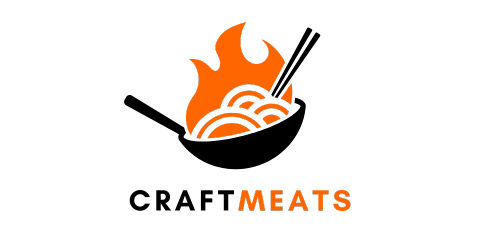
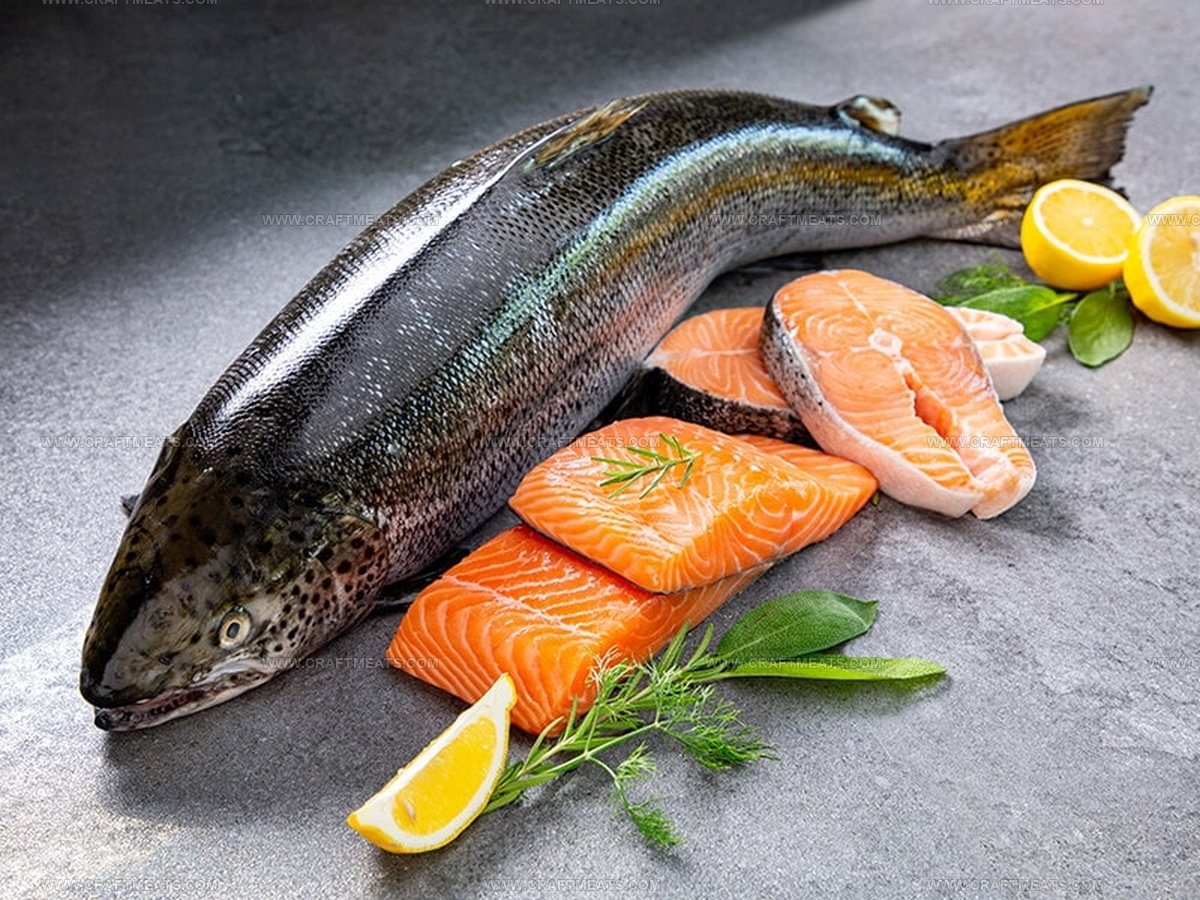
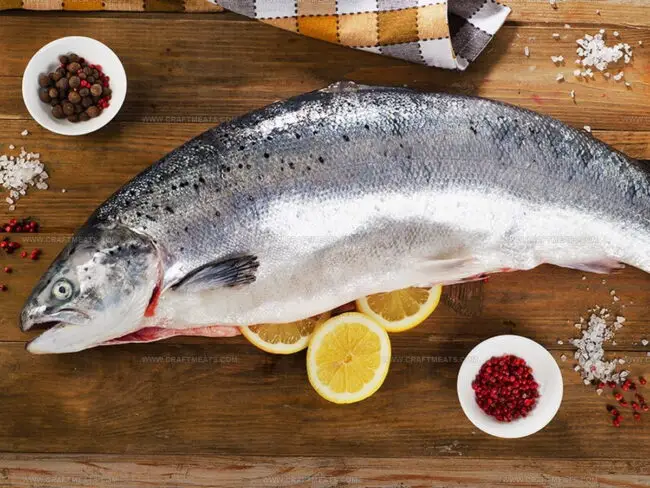
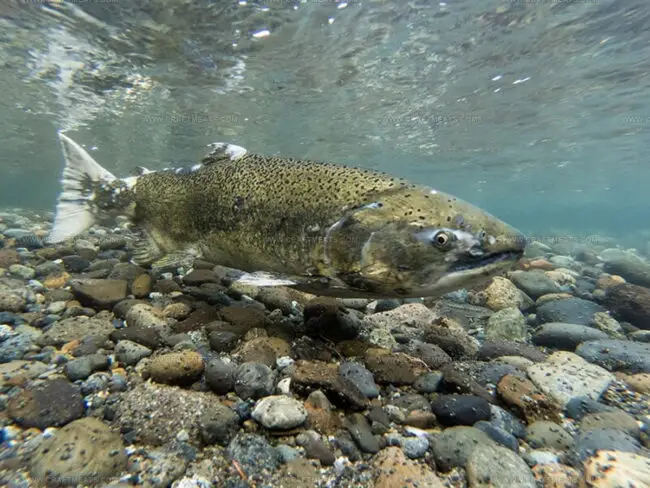
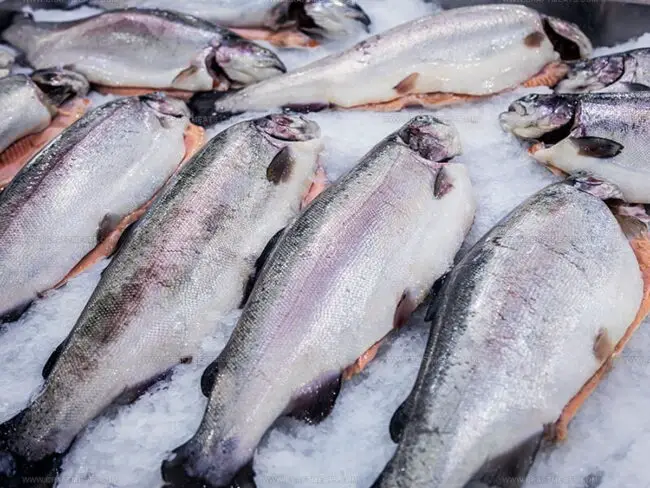
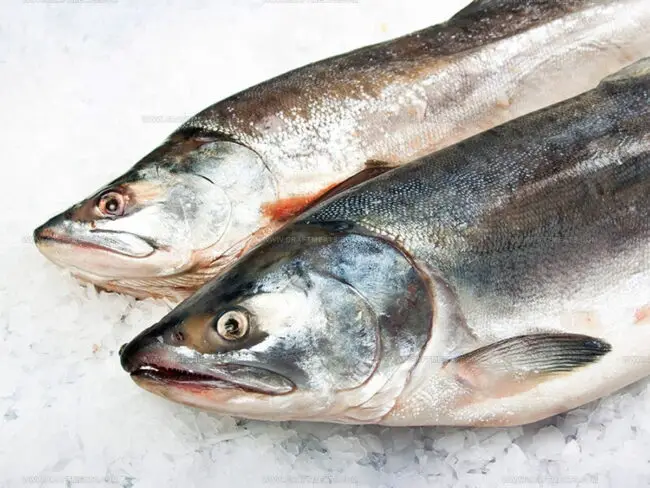
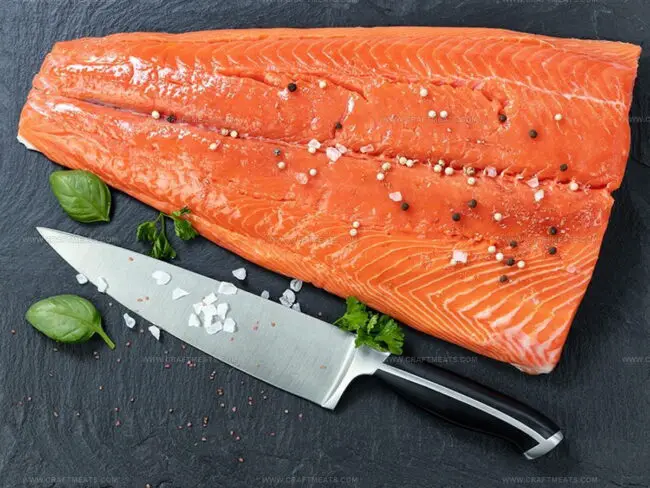
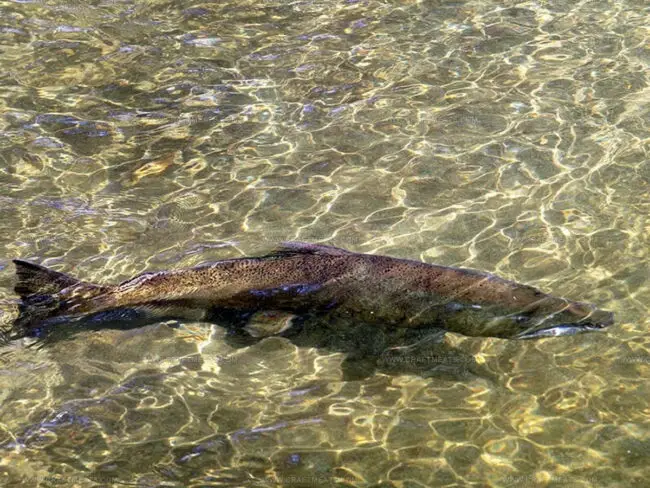
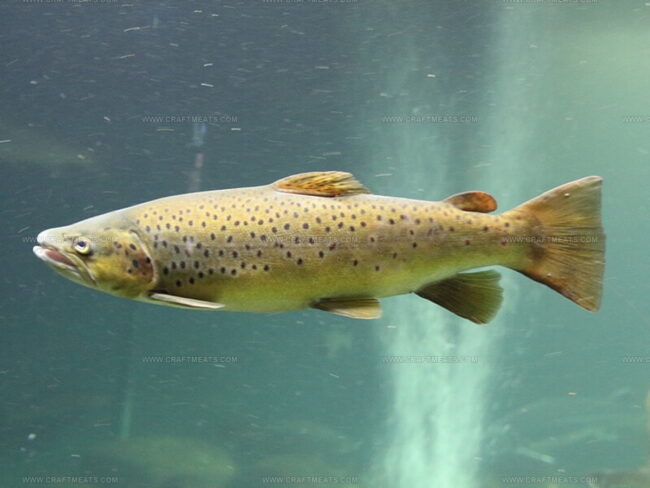
Liam O’Sullivan
Founder & Culinary Content Creator
Expertise
Recipe Development, Traditional Irish and European Cuisines, Food Styling and Photography, Culinary Education
Education
Dublin Institute of Technology (DIT) – School of Culinary Arts and Food Technology
Ballymaloe Cookery School
Isabella brings a global spark to the Craft Meats table. Born in Florence and trained at the Apicius International School of Hospitality, she blends classic Italian flavor with modern writing that’s easy to follow and hard to forget.
Her additional training at the Italian Chef Academy fueled her love for well-crafted dishes, especially ones that spotlight beautiful cuts of meat.
She’s a food writer with heart, and a deep love for storytelling through single recipes. Her goal? To help you cook with more confidence and a little more joy, no matter where you start.